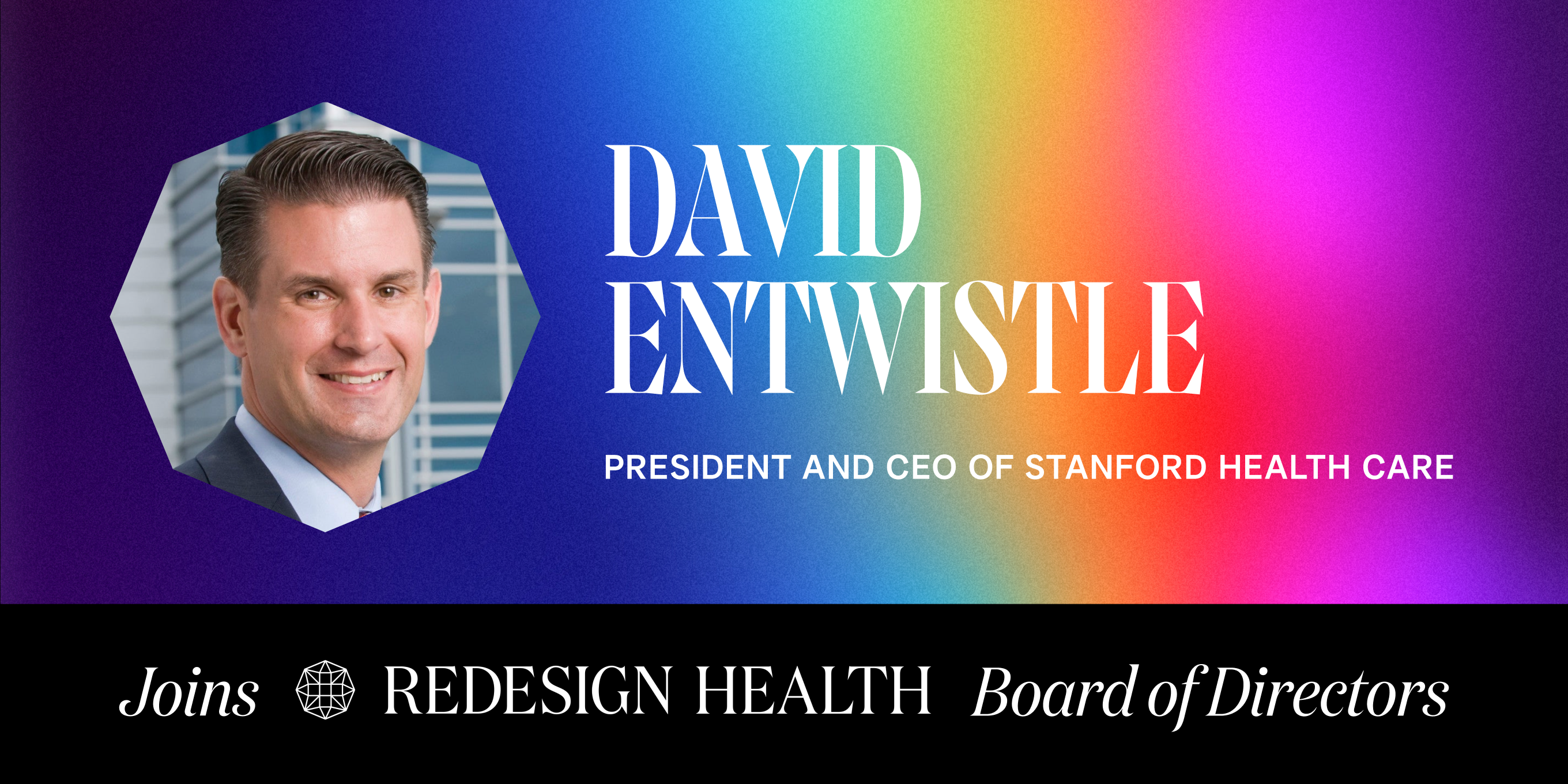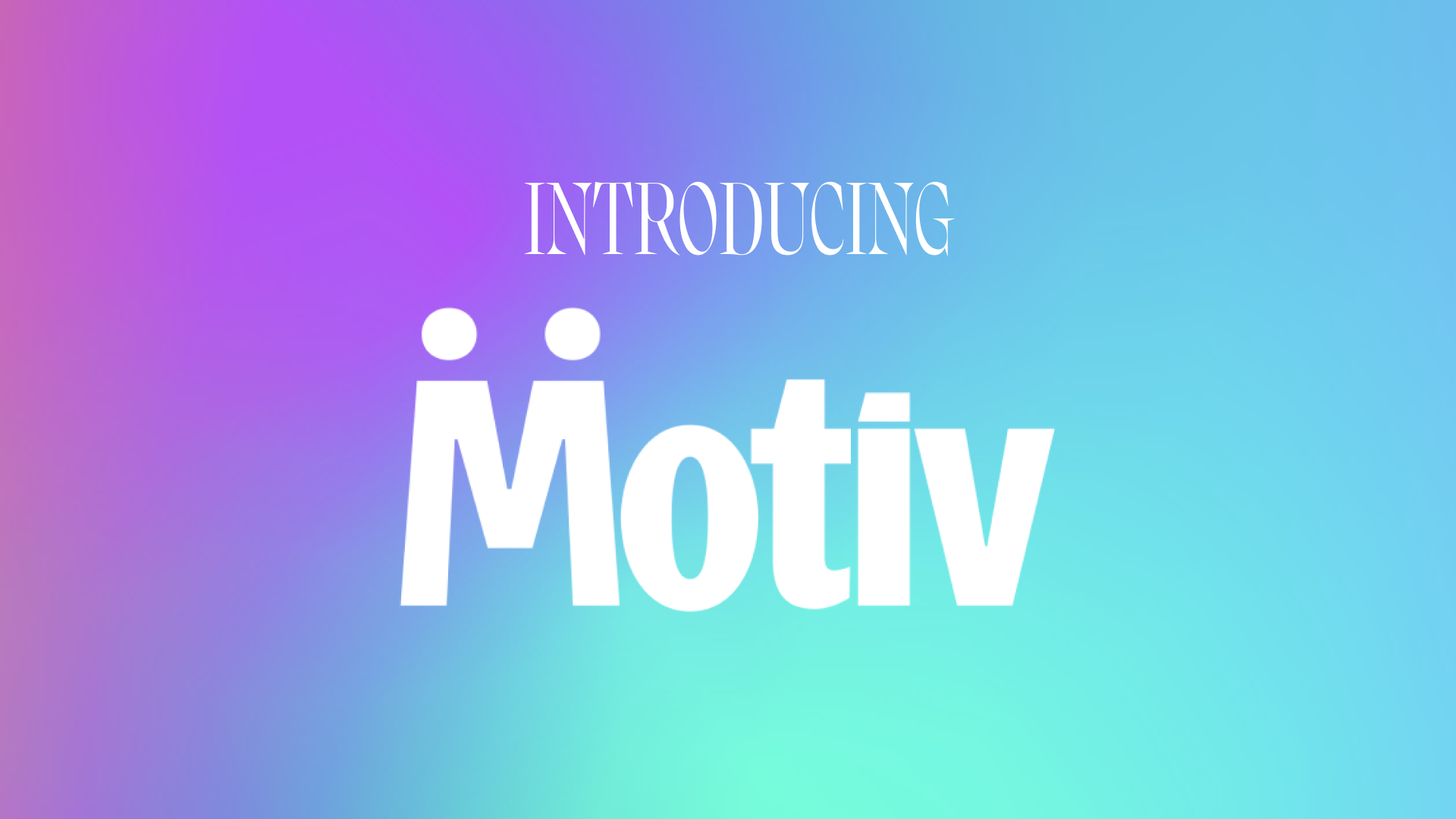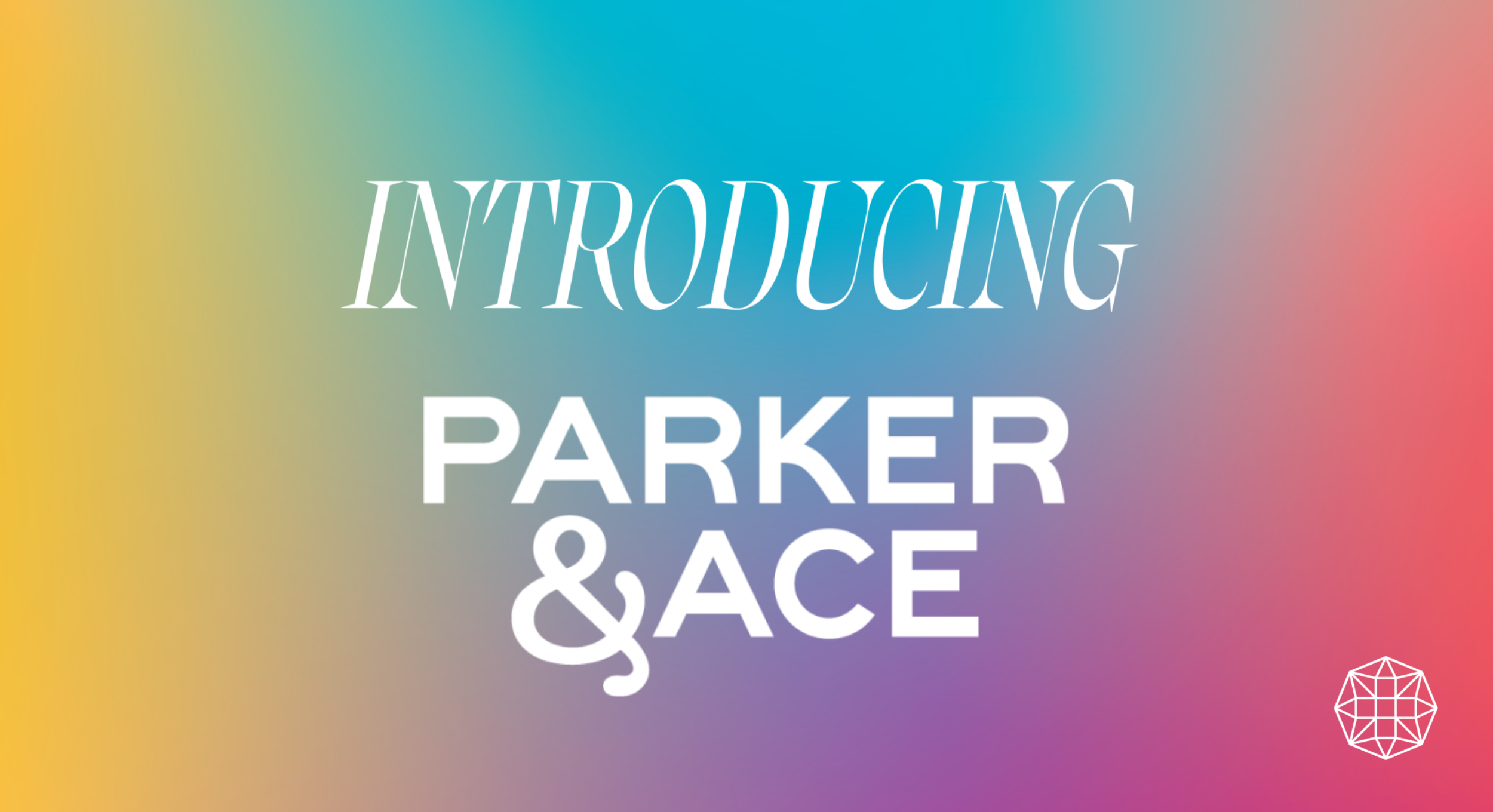
Unlocking Innovation: The Power of Strategic Partnerships in Healthcare
At Redesign Health, we partner with leading healthcare incumbents to provide our expertise, insights, and infrastructure to lower barriers to change and accelerate healthcare innovation. A core part of this work includes identifying opportunities for collaboration between healthcare organizations and our 50+ Operating Companies, with the ultimate goal of partnering to drive meaningful change.

At the 2023 Re View Summit, we brought together industry experts from across the healthcare landscape for a discussion that explored how startups can more effectively partner with incumbents. The panel “Seeking Partner Insights for Success” explored the importance of understanding the broader healthcare ecosystem and delivering solutions that integrate seamlessly with existing technologies.
Brenda Schmidt, Head of Enterprise Growth at Redesign Health, moderated the discussion with Adam Cheriff, MD, Chief of Clinical Operations at Weill Cornell Medicine; Aman Shah, Vice President of New Ventures & Strategic Partnerships at VNS Health; Michael Perlmutter, Senior Vice President at Lockton and Brian Schroeder, Senior Director of Operations at Montefiore Health System. Here are their insights:
Understanding the wider ecosystem
One of the key takeaways centered on the need for solutions that integrate with a buyer’s existing technologies. For example, hospitals and health systems are seeking ways to augment the capabilities of their current systems and technology infrastructure, rather than invest in an isolated system or independent platform.“What I often see with startup proposals… is that they want to become the center of gravity in terms of the workflow as a standalone platform or solution,” Dr. Cheriff said. “[But] we don't want a platform. We don't want an application. We want a capability, or we want a functionality. And we want that capability and functionality to be integrated into the workflow tool that we already have.”

“[But] we don't want a platform. We don't want an application. We want a capability, or we want a functionality. And we want that capability and functionality to be integrated into the workflow tool that we already have." - Dr. Adam Cheriff
Startups must also keep in mind that many incumbents have their own strategic goals. “You need to understand [each buyer’s] appetite for innovation and for partnering with early-stage companies,” Shah said.
He explained that partners may be limited in their capacity to take on early-stage investments or co-launching partnerships. Thus, startups must assess a partner’s openness to these types of partnerships from the beginning, and determine whether they currently have the bandwidth for new, time-intensive investments.

"You need to understand [each buyer’s] appetite for innovation and for partnering with early-stage companies." - Aman Shah
Solving critical organizational needs: demonstrating value and building trust
Scalability emerged as a pivotal factor for success, with an emphasis on startups fulfilling their promises to avoid organizational fatigue. Incumbents are seeking solutions that can both solve a unique (department-specific) pain point and then bring added value for the organization as a whole.
However, Schroeder cautioned startups to take responsibility for delivering on their promises. Many large organizations have faced challenges when past investments in solutions failed to meet expectations. “When anyone in this room makes that promise and doesn't deliver, it hurts the next person sitting in these seats because… we have finite time and finite resources,” Schroeder said.
Additionally, it’s important to remember that most health systems, especially academic systems, are conservative and risk-averse. Such organizations look for upfront evidence that a solution will serve their staff and patients' interests. Pilot programs that show methodical planning and measurable results are more likely to be successful.

"When anyone in this room makes that promise and doesn't deliver, it hurts the next person sitting in these seats because… we have finite time and finite resources." - Brian Schroeder
This systematic approach brings a potential downside. “There’s a tension in terms of the pacing, regarding how we orient these partnerships,” Dr. Cheriff said. Pilots can also be expensive. Cash-strapped health systems are more likely to show interest in pilots that minimize risk and upfront costs for the buyer.
Driving employee buy-in
While large health organizations want solutions that reduce costs and improve value, they may have limited administrative and change management capacity. That’s why startups must target employee buy-in as part of their strategy— to drive adoption for workplace tools or employee benefit offerings.
For example, solutions that streamline back-office procedures may reduce incumbents’ costs and administrative burdens, but startups must also consider that those solutions could impact existing jobs. CEOs can assuage these concerns by recommending proactive strategies to retrain and upskill current staff, ensuring their continued relevance and value to the organization.
And employers who want to introduce new benefit offerings must also be able to engage the relevant employees in their population to use the new technology or service. Getting these patients and users on board is critical for building traction, said Michael Perlmutter, SVP at Lockton, an independent insurance brokerage. “Employee engagement is the number one issue that will determine the success or failure of any innovation,” Perlmutter said.

“Employee engagement is the number one issue that will determine the success or failure of any innovation." - Michael Perlmutter, Senior Vice President at Lockton
Identifying market opportunities
While startups face challenges when partnering with incumbents, there are also immense opportunities. These include consolidating cost and quality data from hospitals, enabling providers to work at the top of their licenses, recruiting and retaining nurses, and streamlining access to specialist services.
AI, for example, could address challenges related to capacity management and access to specialty services, Dr. Cheriff said. Traditionally, these tasks demand a significant investment in front-end staff to coordinate and screen patients. AI could simplify this process and help match patients to subspecialists based on their condition, disease status, individual needs and other demographics.
Schroeder mentioned that incumbents also seek effective back-end solutions, including credential verification and maintenance, physician compensation contract management, prior authorization and insurance processing.
One inspiring example of collaboration is Pip Care, developed together by Redesign Health and the University of Pittsburgh Medical Center (UPMC). The Pip Care platform creates an ideal surgical experience for patients while also easing administrative burdens for clinicians, allowing them to practice at the top of their licenses. Today, Redesign Health and UPMC are expanding their partnership to identify data points that can help improve surgical outcomes, reduce complications and empower patients.

Forging successful partnerships in a dynamic market
Rapid technological advances, escalating costs and administrative hurdles provide both obstacles and opportunities for entrepreneurs. Startups, with their agility and fresh approaches, are ideally positioned to respond to these challenges.
To succeed, startups must understand their buyers’ unique challenges, goals and resources. CEOs who take the time to personalize their approach to each individual incumbent are more likely to build enduring and mutually beneficial relationships.
Redesign Health is building a new paradigm in healthcare innovation. We work closely with operating company CEOs, industry partners and incumbents from ideation through market launch by leveraging the power of our expert advisors and robust knowledge platform. Learn more about how our partnerships are accelerating healthcare change.
![No alternate text]() Redesign HealthKins Raises $7 Million Series A and Inks Strategic Investment to Bring Kins to New Markets
Redesign HealthKins Raises $7 Million Series A and Inks Strategic Investment to Bring Kins to New MarketsInvestment will accelerate Kins’ hybrid physical therapy expansion into Washington, D.C.; Maryland and Virginia
July 24, 2024
![No alternate text]() Redesign HealthGiving Independent Medical Practices the Cash Flow They Need to Thrive
Redesign HealthGiving Independent Medical Practices the Cash Flow They Need to ThriveThrivory is an end-to-end financial partner, providing convenient, risk-free access to capital
May 14, 2024
![No alternate text]() Redesign HealthMaking Comprehensive Care a Reality for Residents of Senior Living Communities
Redesign HealthMaking Comprehensive Care a Reality for Residents of Senior Living CommunitiesTroupe Health extends the reach of primary care physicians to improve health outcomes for older adults
April 09, 2024
![No alternate text]() Redesign HealthPioneering Specialist Physician Enablement:
Redesign HealthPioneering Specialist Physician Enablement:WindRose Acquires Company Built at Redesign Health
WindRose Acquires Company Built at Redesign Health
April 02, 2024
![No alternate text]() Redesign HealthIntroducing Redesign Health’s Newest Venture Chair
Redesign HealthIntroducing Redesign Health’s Newest Venture ChairLou Shapiro will leverage his four decades of healthcare and leadership expertise to guide Operating Companies at Redesign Health
March 26, 2024
![No alternate text]() Redesign HealthSix Takeaways on Healthcare Innovation from ViVE 2024
Redesign HealthSix Takeaways on Healthcare Innovation from ViVE 2024Redesign Health attended ViVE 2024 in Los Angeles. We're sharing the six key takeaways our team observed on what’s driving the industry forward.
March 11, 2024
![No alternate text]() EndocrinologyRedesign HealthInvesting in the Future of Diabetes Care
EndocrinologyRedesign HealthInvesting in the Future of Diabetes CareWith a combination of insights, technology and care, Valendo Health empowers independent endocrinologists to grow their practices
March 05, 2024
![No alternate text]() Redesign HealthRewriting the Script on Comprehensive Medication Management
Redesign HealthRewriting the Script on Comprehensive Medication ManagementScriptology combines an extended clinical pharmacy team with technology, creating proven benefits for patients, providers and payers
February 21, 2024
![No alternate text]() Redesign Health2023 Redesign Health Recap
Redesign Health2023 Redesign Health RecapAs we wrap up the year, here's a recap of some of our most exciting moments.
December 14, 2023
![No alternate text]() DementiaRedesign HealthBridging the Gaps in Dementia Care for Providers, Patients and Caregivers
DementiaRedesign HealthBridging the Gaps in Dementia Care for Providers, Patients and CaregiversHarmonic Health leverages technology and expertise to create a new evidence-based dementia care model.
November 21, 2023
![No alternate text]() Redesign HealthReshaping the Hair Restoration Journey
Redesign HealthReshaping the Hair Restoration JourneyAmple combines clinical expertise and personalized care to make hair restoration approachable and empowering.
November 02, 2023
![No alternate text]() Redesign HealthUnlocking Innovation: The Power of Strategic Partnerships in Healthcare
Redesign HealthUnlocking Innovation: The Power of Strategic Partnerships in HealthcareAt the 2023 Re View Summit, we brought together industry experts from across the healthcare landscape for a discussion that explored how startups can more effectively partner with incumbents. Here are their insights.
October 26, 2023
![No alternate text]() Redesign HealthUnleashing the Power of Generative AI and LLMs in Healthcare: Insights from Industry Experts
Redesign HealthUnleashing the Power of Generative AI and LLMs in Healthcare: Insights from Industry ExpertsAt the 2023 Re View Summit, AI Panelists explored how CEOs can get started, viable opportunities within the market and what investors and health systems are seeking when it comes to practical solutions.
October 24, 2023
![No alternate text]() Redesign HealthHLTH 2023: 6 Emerging Microtrends for Healthcare Innovators
Redesign HealthHLTH 2023: 6 Emerging Microtrends for Healthcare InnovatorsWe're sharing the six microtrends we kept hearing about at HLTH 2023 that we expect to shape the early-stage company landscape in the years to come.
October 18, 2023
![No alternate text]() CEORedesign HealthFrom Startups to Scaling: Key Takeaways from the 2023 Re View Summit
CEORedesign HealthFrom Startups to Scaling: Key Takeaways from the 2023 Re View SummitDuring our recent Re View Summit, we gathered 40+ CEOs from the Redesign Health community to tackle some of the most pressing issues in healthcare through panels, workshops and networking. Here are some of the highlights.
October 12, 2023
![No alternate text]() CardiologyRedesign HealthUnlocking the Full Potential of Independent Cardiology Practices
CardiologyRedesign HealthUnlocking the Full Potential of Independent Cardiology PracticesCardiology care delivery enablement platform CardioOne builds early momentum through partnerships with independent cardiology practices and MedAxiom.
October 03, 2023
![No alternate text]() Redesign HealthDavid Entwistle, President and CEO of Stanford Health Care, Joins Redesign Health Board of Directors
Redesign HealthDavid Entwistle, President and CEO of Stanford Health Care, Joins Redesign Health Board of DirectorsWe’re thrilled to welcome David Entwistle, President and CEO of Stanford Health Care, to our Board of Directors.
August 17, 2023
![No alternate text]() Chronic CareRedesign HealthInfusing Innovation Into Care for Chronic Illnesses
Chronic CareRedesign HealthInfusing Innovation Into Care for Chronic IllnessesUptiv Health transforms the transactional treatment model centered on pharmaceutical support to one that’s focused on the whole person, empowering patients while prioritizing their health and well-being.
August 10, 2023
![No alternate text]() Mental HealthRedesign HealthMaking a Clinical Impact: UpLift's Integrated Behavioral Health Model Increases Access to High-Quality Psychotherapy and Psychiatry
Mental HealthRedesign HealthMaking a Clinical Impact: UpLift's Integrated Behavioral Health Model Increases Access to High-Quality Psychotherapy and PsychiatryEarly traction secures $10.7M in Series A funding and a new Medicaid MCO partnership that will form a first-of-its-kind clinically integrated network (CIN) to expand behavioral healthcare access for Medicaid members in Washington, D.C.
August 08, 2023
![No alternate text]() CaregivingRedesign HealthModernizing the Caregiving Experience
CaregivingRedesign HealthModernizing the Caregiving ExperienceWe’re proud to introduce a groundbreaking platform designed to meet caregivers’ unique challenges.
August 01, 2023
![No alternate text]() Healthcare LaborRedesign HealthReimagining the Healthcare Labor Pool Through Innovation
Healthcare LaborRedesign HealthReimagining the Healthcare Labor Pool Through InnovationIn our latest blog post, we look at trends shaping the imbalance of healthcare staffing supply and demand and explore the ecosystem of Operating Companies at Redesign Health that we’ve built to help health systems ease the labor crisis.
July 28, 2023
![No alternate text]() Value-Based CareRedesign HealthBreaking Down Barriers to Value-Based Care Contracting: Simplifying the process through collaboration, real-time insights and comprehensive data
Value-Based CareRedesign HealthBreaking Down Barriers to Value-Based Care Contracting: Simplifying the process through collaboration, real-time insights and comprehensive dataSyntax is an enterprise SaaS platform that simplifies and demystifies how contracts are created and completed for all parties involved. With Syntax, teams can obtain a full view into what a value-based contract will look like in practice.
July 18, 2023
![No alternate text]() Cardiac CareRedesign HealthExpanding Access to Cardiac Rehabilitation with Whole-Person, At-Home Care
Cardiac CareRedesign HealthExpanding Access to Cardiac Rehabilitation with Whole-Person, At-Home CareEach year, more than 1 million Americans become eligible for cardiac rehabilitation. We’re thrilled to launch a new company designed to reshape the way patients receive cardiac rehabilitation.
June 15, 2023
![No alternate text]() Redesign HealthRedesign Health: A 5-Year Milestone of Innovation & Impact
Redesign HealthRedesign Health: A 5-Year Milestone of Innovation & ImpactAs we stand at the cusp of the next wave of change, we wanted to look back on what we’ve done so far and share where we — and the industry — are going next.
May 31, 2023
![No alternate text]() Redesign HealthCelebrating Five Years of Redesigning Health for Everyone
Redesign HealthCelebrating Five Years of Redesigning Health for EveryoneFive years ago, we realized the only way to create real change in healthcare is at scale. Now, we’re proud to have powered the launch of more than 50 healthcare companies.
April 20, 2023
![No alternate text]() Redesign HealthRedefining Pet Care for Modern Pet Parents and Veterinarians
Redesign HealthRedefining Pet Care for Modern Pet Parents and VeterinariansToday’s pet owners don’t just adopt animals—they treat them as members of their family.
April 12, 2023
![No alternate text]() Our Key Takeaways from ViVE 2023
Our Key Takeaways from ViVE 2023Redesign Health attended ViVE 2023 in Nashville last week, where Redesigners and leaders from our Operating Companies connected with industry innovators and attended thought provoking panel discussions.
April 03, 2023
![No alternate text]() Lesley SolomonFilling the Critical Gap in Women’s Health Care
Lesley SolomonFilling the Critical Gap in Women’s Health CareWomen in the United States are facing a troublesome, fragmented patchwork of care options, caused by a variety of challenges.
February 28, 2023
![No alternate text]() 2022 Year in Review
2022 Year in ReviewIt was an exciting year for Redesign Health!
December 19, 2022
![No alternate text]() HLTHRedesign HealthOur Key Takeaways from HLTH 2022
HLTHRedesign HealthOur Key Takeaways from HLTH 2022Redesign Health attended HLTH 2022 in Las Vegas last week, where Redesigners and leaders from our Operating Companies connected with industry innovators and attended thought provoking panel discussions.
November 21, 2022
![No alternate text]() Redesign HealthOur Biannual Redesign Health Cares Day
Redesign HealthOur Biannual Redesign Health Cares DayLast week, Redesign Health held its Redesign Health Cares Day in celebration of World Kindness Day on November 11.
November 17, 2022
![No alternate text]() PartnershipsRedesign HealthPartnering With Leading Children's Hospitals to Identify and Build Innovative Pediatric Healthcare Solutions
PartnershipsRedesign HealthPartnering With Leading Children's Hospitals to Identify and Build Innovative Pediatric Healthcare SolutionsAt Redesign Health, we firmly believe the US healthcare system desperately needs innovation to address our lagging health outcomes, sky-high costs and uneven access to care.
November 03, 2022
![No alternate text]() Redesign HealthRedesign Health at HLTH 2022
Redesign HealthRedesign Health at HLTH 2022We are excited to share that Redesign Health team members and leaders from a number of our Operating Companies will attend HLTH in Las Vegas later this month.
November 02, 2022
![No alternate text]() CEORe View Summit Recap
CEORe View Summit RecapWe recently brought together 30+ of our founding CEOs and Venture Chairs for the inaugural Re View Summit, a two-day event focused on the best practices for successfully scaling businesses.
September 29, 2022
![No alternate text]() Redesign HealthOur Mission to Redesign Health for Everyone
Redesign HealthOur Mission to Redesign Health for EveryoneRedesign Health powers innovation in healthcare by developing technologies, tools, and insights that lower the barriers to change across the industry. Since 2018, exceptional founders have built over two dozen companies at Redesign Health.
September 13, 2022
![No alternate text]() Redesign HealthAmbition and Urgency Shape the New Redesign Health Brand
Redesign HealthAmbition and Urgency Shape the New Redesign Health BrandOur new brand is the culmination of conversations with people from all levels of the organization — those who have been with Redesign since the beginning to people who just walked in the door. We listened to founders, partners, and industry experts.
April 21, 2022



































